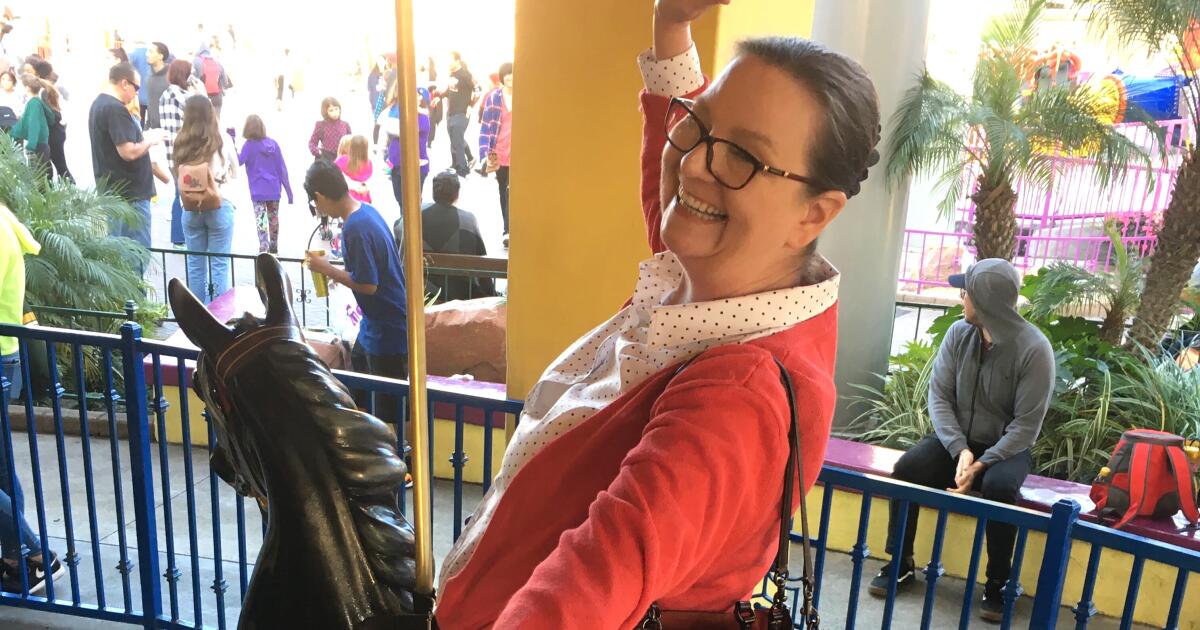
What you need to know if you or a loved one requires end-of-life care
LA TimesAn office building on Victory Boulevard in the San Fernando Valley is home to several hospice providers. Conceived as an end-of-life option for terminally ill patients, hospices provide palliative care, medications, nursing services and counseling for those diagnosed with six months or less to live. The number of U.S. hospices has roughly doubled in the last 20 years, as more for-profit providers vie for a share of $19.2 billion a year in Medicare spending that covers hospice care. You should also interview any prospective hospice, asking questions about its licensing, which is required by the California Department of Public Health; whether it is certified by Medicare; when it was last inspected and whether violations were found; the range of available services; the makeup of the hospice care team and the roles of its doctors, nurses and others; and the role the hospice expects family members to play in a patient’s care plan. Medicare’s hospice comparison site allows consumers to search for providers by ZIP Code or name, but has scant information about quality-of-care issues and inspections.
History of this topic

End-of-life doctor reveals the things that everyone should know about hospice care no matter your age
Daily Mail
Opinion: A good death on hospice for my mom after the horror of brain cancer
LA TimesDiscover Related

































